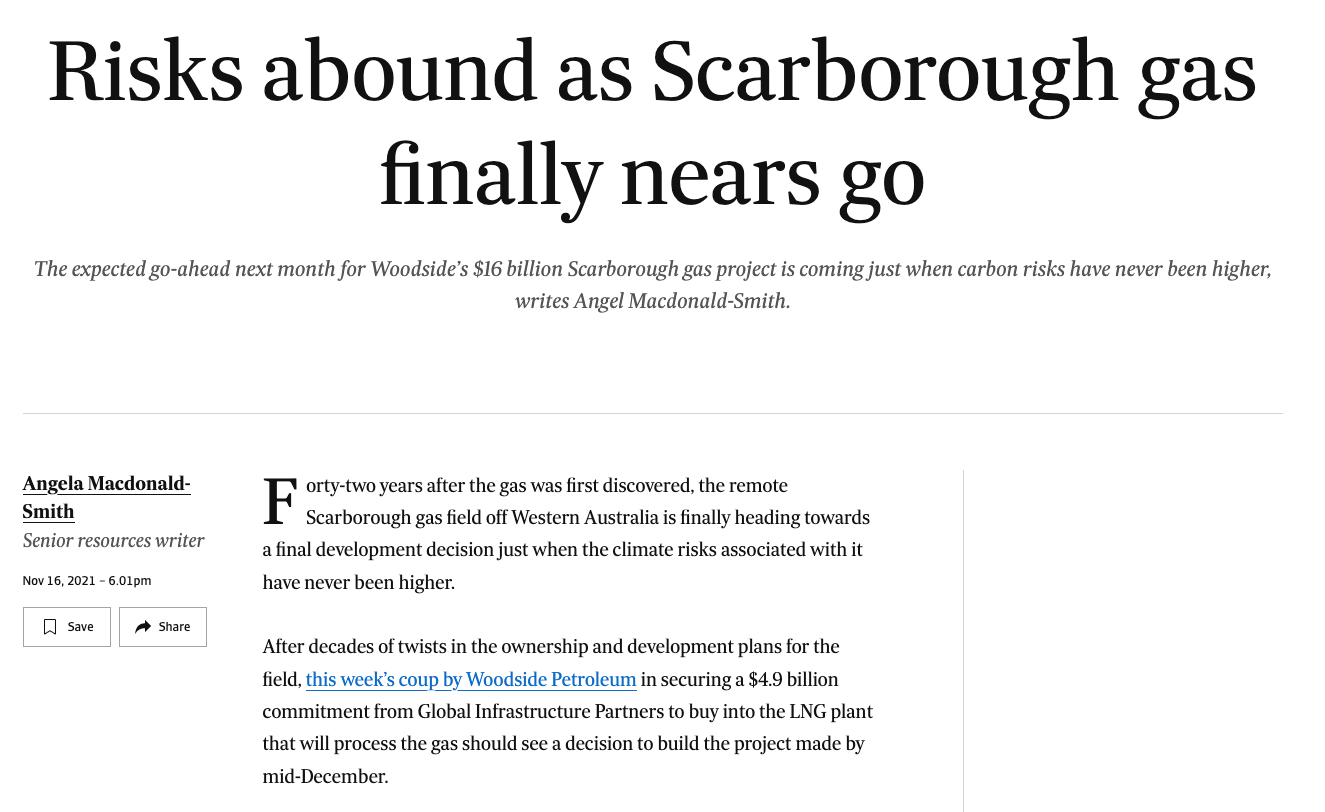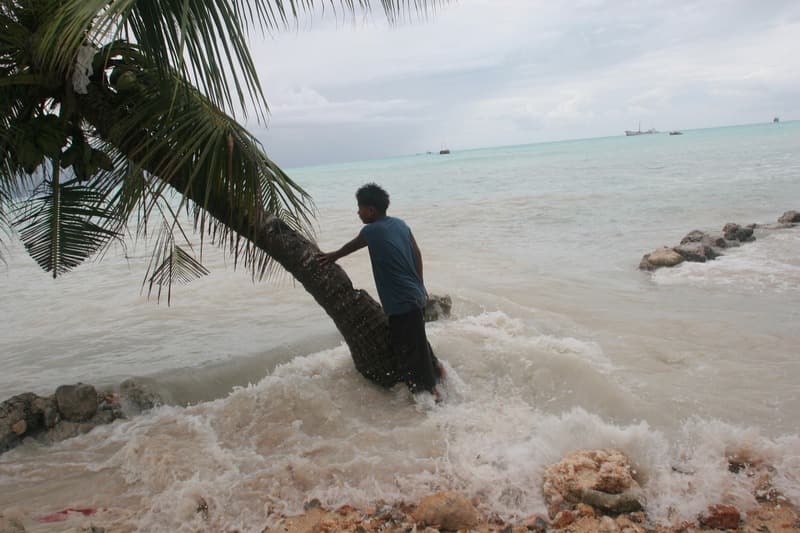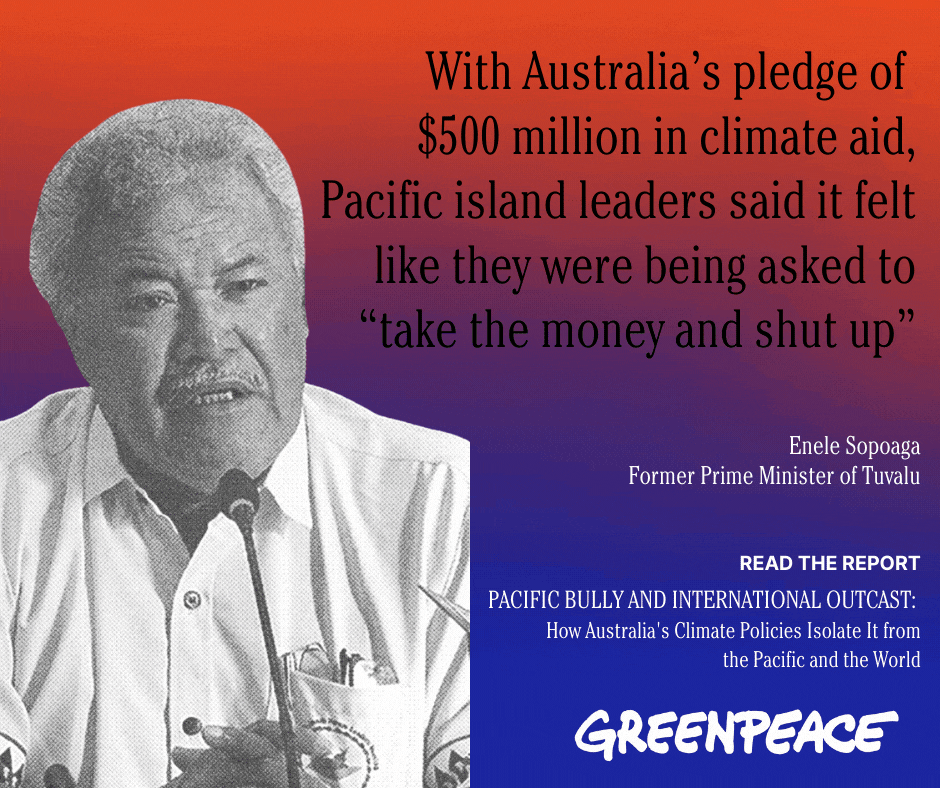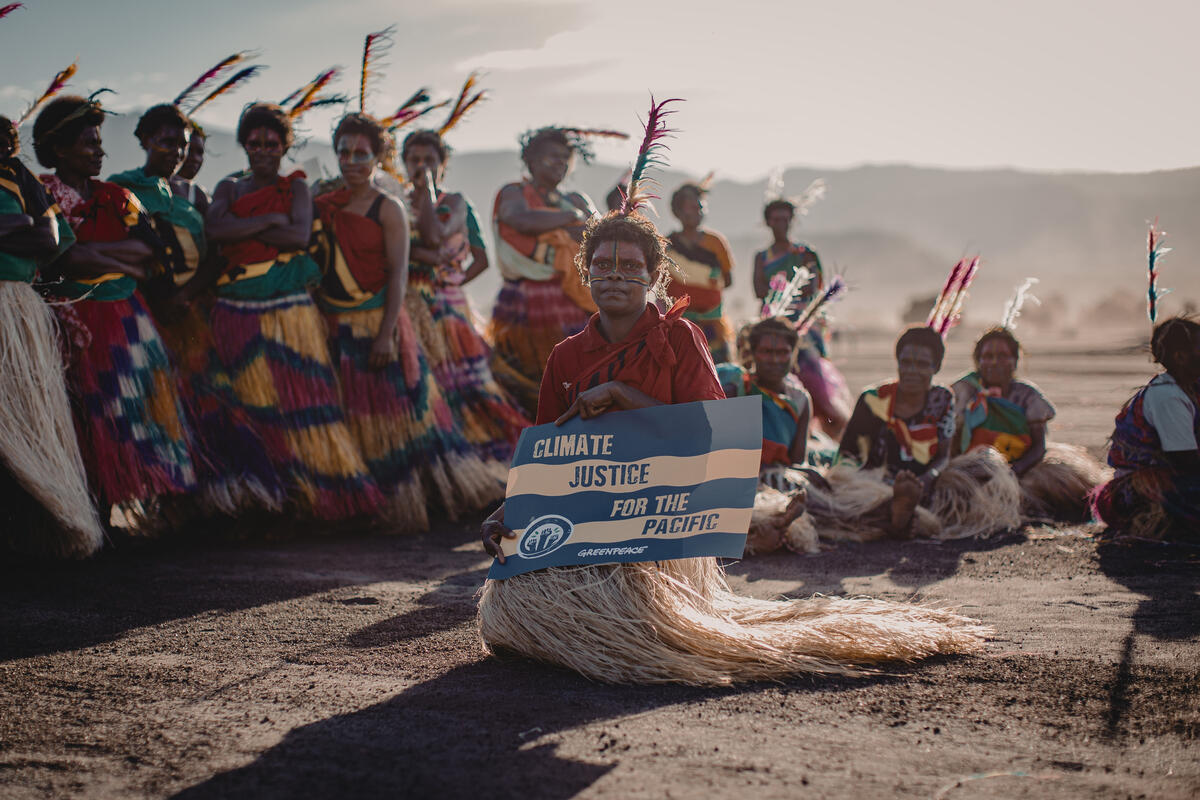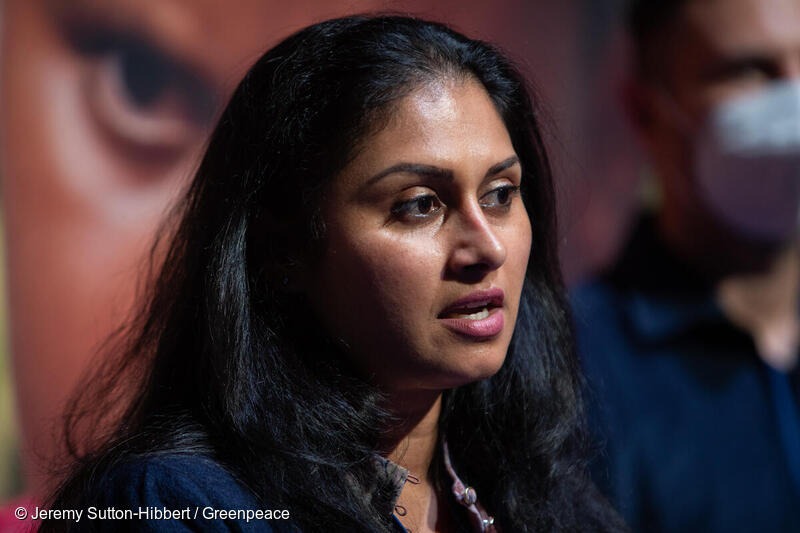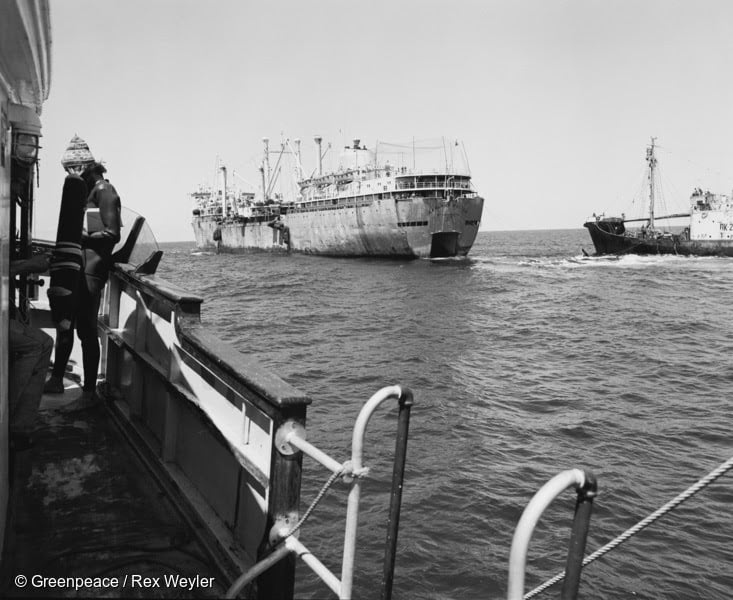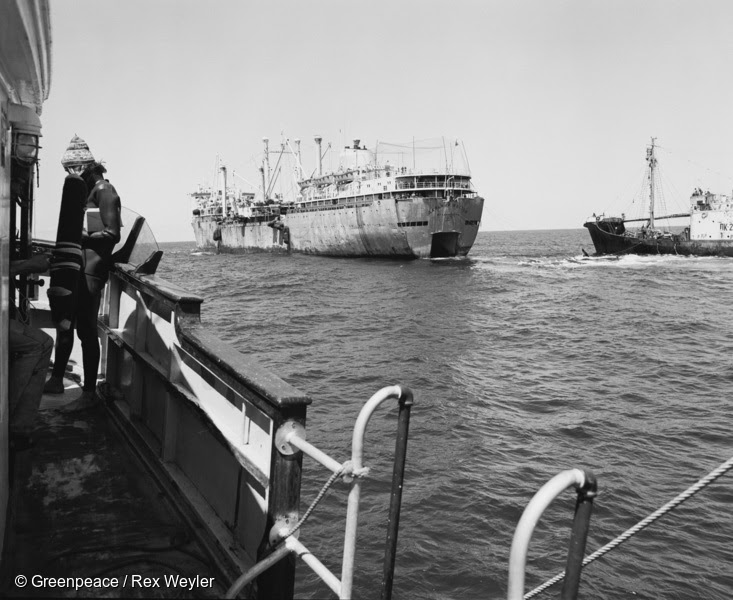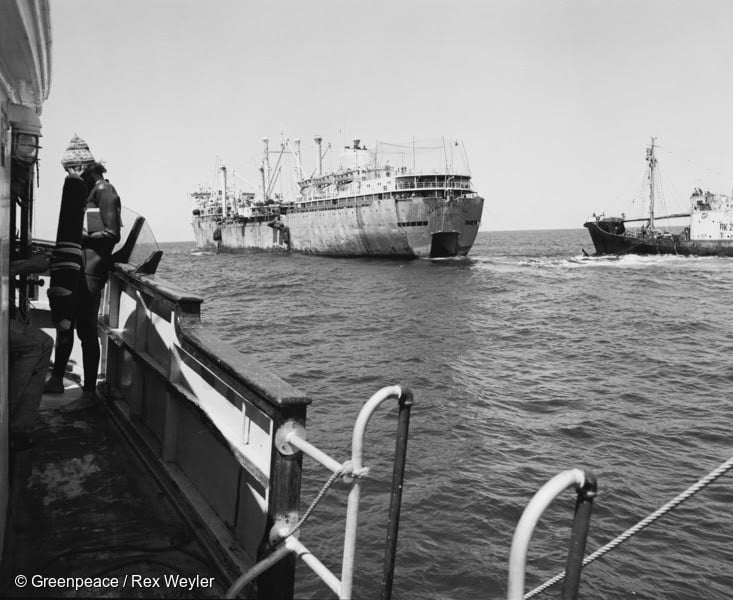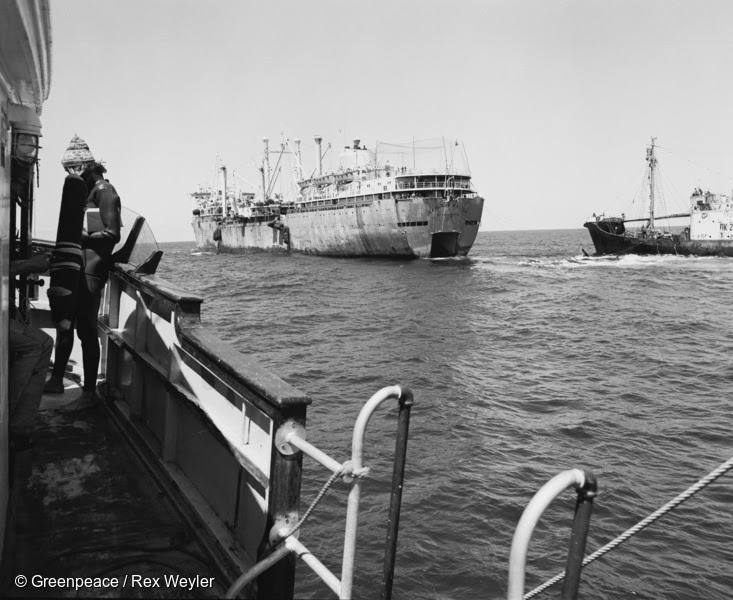All articles
-
Woodside’s new Scarborough gas project is risky business
Many employees see Scarborough as the wrong path for Woodside The Scarborough gas project is a deep-sea gas mine project that will drill into the heart of prime marine habitat off Western Australia’s coast. This is a shocking and terrible idea – and many people working at Woodside feel the same way about this disaster-in-waiting.…
-
We’re going to COP26 in Glasgow to make leaders step up and tackle the climate crisis
Greenpeace Australia Pacific Board Member and human rights lawyer Kavita Naidu leads our Pacific delegation that will fight for climate justice at COP26. In less than a week, world leaders and representatives of almost 200 countries will meet in Glasgow, Scotland to come to an agreement on how to rein in a climate crisis that…
-
At COP and in the Pacific, no one wants to be friends with a bully
With the release of Greenpeace Australia Pacific’s new report Pacific Bully and International Outcast, there’s now definitive proof Australia exploits and bullies Pacific Island nations’ desperate need for action in the face of climate change, writes Shiva Gounden from COP2 in Glasgow. |During the opening of the COP26, 200 women gathered at Mt Yasur, an…
-
‘Stop failing us!’: Women form up on Vanuatu volcano to demand Pacific Climate Justice
With tears, smiles and laughter etched on their faces we saw women and girls come together for an action on the side of a volcano in Vanuatu to send a loud message to world leaders at COP26: Stop failing us! The Pacific is a vast ocean that covers a third of our planet. The distance…
-
Climate change is a man-made problem that disproportionately impacts women. It needs feminist solutions
The solutions to climate change will come from the bottom-up – from the community-owned solutions of the margins and from the Global South. Climate change is not gender-neutral. As Mary Robinson has said “Climate change is a man made crisis that needs a feminist solution”. On gender day at COP26 it’s important to remember that…
-
Wonders of Ningaloo Reef
Ningaloo Reef is among UNESCO’s list of World Heritage Sites, and one of only three located in Western Australia. This classification itself highlights the importance of Ningaloo Reef in sustaining the planet’s ecosystem. But let’s take a dive into some of the natural wonders of this reef. Greenpeace approaches the Soviet Soviet factory ship Dalniy…
-
Interview with Gillian Hill
Gillian is one of those supporters who has gone the extra mile and volunteered for Greenpeace during her newfound freetime. Greenpeace approaches the Soviet Soviet factory ship Dalniy Vostok and a harpoon ship. Bob Hunter stands at the bow of the Greenpeace ship Phyllis Cormack. North Pacific, Mendocino ridge, 50 miles west of the California…
-
The Fight Against WA Gas
Woodside are attempting to prioritise profits over our planet, with their Scarborough gas mining project. Greenpeace Asia Pacific are supporting the Conservation Council of Western Australia’s fight against the most climate-polluting project ever proposed in Australia. Greenpeace approaches the Soviet Soviet factory ship Dalniy Vostok and a harpoon ship. Bob Hunter stands at the bow…
-
The women behind Greenpeace’s first campaign
In celebrating 50 years of Greenpeace, we’re taking this opportunity to celebrate the lives of some amazing women who were involved in Greenpeace’s first campaign trip to Alaska in protest of U.S. nuclear weapons testing. Greenpeace approaches the Soviet Soviet factory ship Dalniy Vostok and a harpoon ship. Bob Hunter stands at the bow of…

